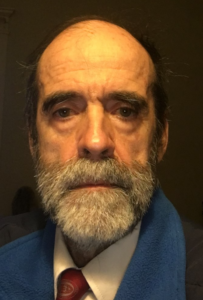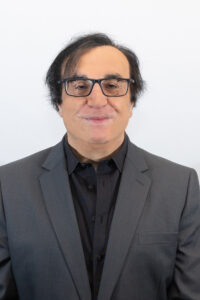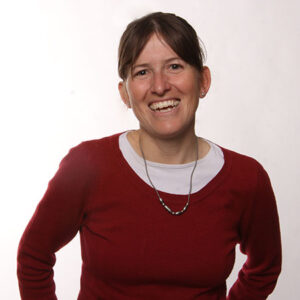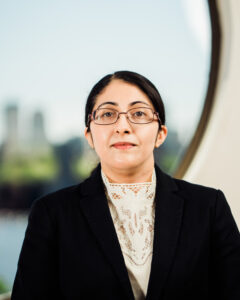 Abstract: The phenomenon of heterogeneous nucleation in the gas phase is briefly introduced, as well as a related instruments referred to as a condensation particle counter (CPCs). CPCs are widely used to detect single nanometer particles and molecular ions, by growing them into visible sizes. We review prior use of sheathed CPCs, where nanoparticles are exposed to a well-defined supersaturated state by being injected into the center of a larger “sheath” flow of air saturated with a vapor. An original member of this sheathed CPC class is the Variable Supersaturation Condensation Particle Sizer (VSCPS) of Gallar et al. (2006). A slight variant of this device is reexamined here with vapor of 1-butanol and an aerosol of highly uniform singly charged polyethylene glycol particles (diameter dp=3-9 nm), produced by a bipolar electrospray, and size-selected via mobility separation. These particles sense an almost uniform maximal saturation ratio Smax = C w, controlled linearly with the wet fraction w= Qsat/(Qsat+Qdry), by mixing two flows, Qdry and Qsat of dry and saturated air. We find substantially steeper activation probability curves P(w) than previously observed with any CPC.
Abstract: The phenomenon of heterogeneous nucleation in the gas phase is briefly introduced, as well as a related instruments referred to as a condensation particle counter (CPCs). CPCs are widely used to detect single nanometer particles and molecular ions, by growing them into visible sizes. We review prior use of sheathed CPCs, where nanoparticles are exposed to a well-defined supersaturated state by being injected into the center of a larger “sheath” flow of air saturated with a vapor. An original member of this sheathed CPC class is the Variable Supersaturation Condensation Particle Sizer (VSCPS) of Gallar et al. (2006). A slight variant of this device is reexamined here with vapor of 1-butanol and an aerosol of highly uniform singly charged polyethylene glycol particles (diameter dp=3-9 nm), produced by a bipolar electrospray, and size-selected via mobility separation. These particles sense an almost uniform maximal saturation ratio Smax = C w, controlled linearly with the wet fraction w= Qsat/(Qsat+Qdry), by mixing two flows, Qdry and Qsat of dry and saturated air. We find substantially steeper activation probability curves P(w) than previously observed with any CPC.
Basic heterogeneous nucleation studies require knowledge of Smax, hence the constant C in the relation Smax = C w. Here we find C by assuming that classical heterogeneous nucleation theory with perfect wetting applies at the largest particle sizes. This choice of C fixes also the theoretically unspecified preexponential term K governing the nucleation rate. This results in excellent agreement between data and theory for the size dependence of Smax(dp) at P(w)=0.5 at all sizes studied. A very good agreement is also found for the entire activation probability curves P(Smax). This is the first successful confirmation of classical heterogeneous nucleation theory to become available.
Gallar, C. A. Brock, J. L. Jimenez, C. Simons, A Variable Supersaturation Condensation Particle Sizer, Aerosol Sci. & Techn. 40 (6) (2006) 431–436.
Biographical Sketch: Dr. Juan Fernandez de la Mora graduated from the School of Aeronautical Engineering (Madrid, 1975) and received a PhD from Yale’s School of Engineering (1981). After a postdoctoral stage at UCLA, he joined the Yale faculty in 1981, where he became a Professor of Mechanical Engineering in1992. He has worked on the kinetic theory of gas mixtures, the structure of electrified liquid cones, and the separation of nanoparticles in the gas phase by inertial, electrical and condensation phenomena. He has co-authored nearly close to 200 articles and 14 US patents.




